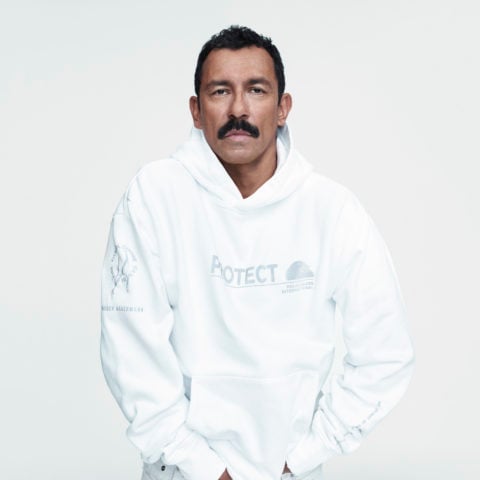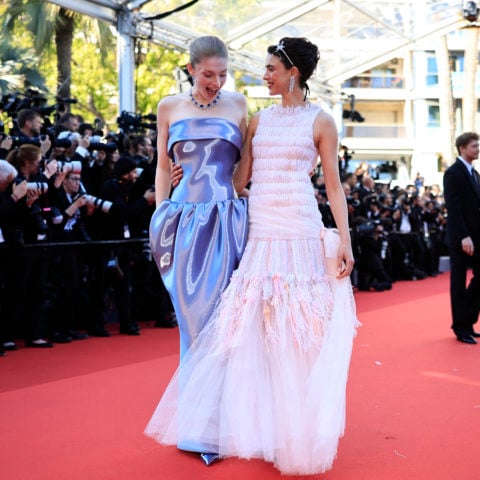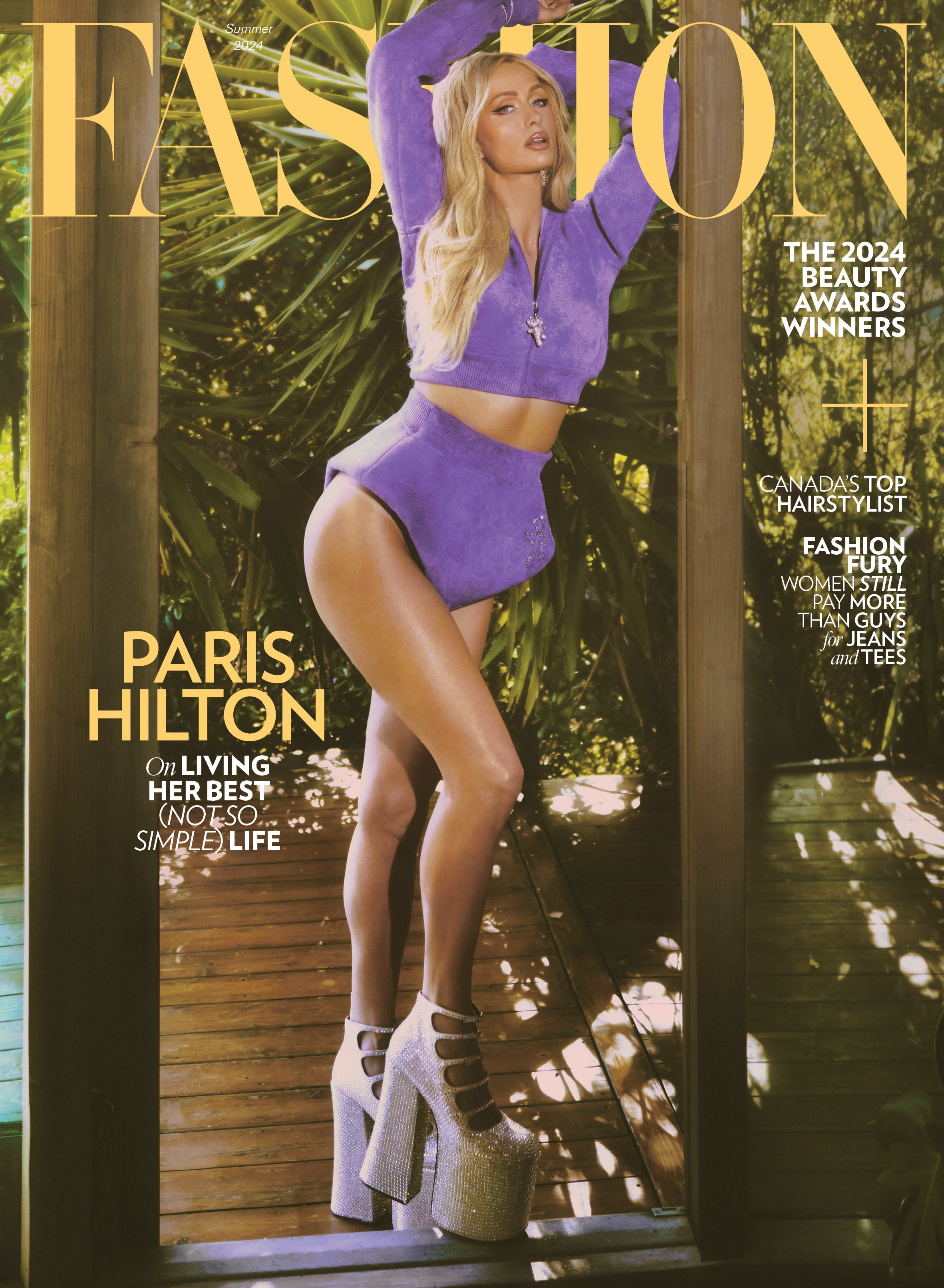How Unsustainable Are You? We Asked a Pro About Our Consumption Habits
Are we becoming more conscious consumers? How unsustainable are our clothing habits? Can we learn to make more ethical shopping choices? We posed some of these questions to Dr Daniel L. Benkendorf, an associate professor of psychology at New York’s Fashion Institute of Technology (FIT) whose work focuses on sustainable and unsustainable consumer behaviours, for our Sustainability Reboot issue.
What should consumers do to make responsible purchases?
“Consumers should ask questions about products, like ‘Where did this come from?’ and ‘Is the price of the product reflective of the true cost of making it?’ If you see a pair of jeans for $20 at a fast fashion retailer, ask yourself: is that the true cost of the product? There are costs we don’t see—to the environment where it was produced and to the quality of life of the people making it. Consumers need to think through that process when purchasing something instead of just looking at the price tag as we’re so conditioned to do.”
Besides seeking out sustainable and eco-conscious brands, what are some simple things consumers can do to make a difference?
“Find second-hand stores and thrift shops in your neighbourhood. Also, set up a budget for new clothing and be willing to spend a bit more on pieces that are better made and will last longer. So even if that blouse is not a sustainable garment, if it’s well made, you won’t have to buy another one next month when this one’s seams rip.”
Why do you think there seems to be more awareness around conscious eating, but not conscious shopping?
“I’ve heard many people either in my classes or other people that I’ve spoken to talk about that disparity we see in decision-making particularly between food and fashion—what we’ll consume and put into our bodies versus what we’ll wear and put outside of our bodies. I think one of the big differences is that when we’re talking about food, we’re often talking about an industry for which there’s greater visibility.
With food, it’s a decision that we make more regularly, at least the typical person. A lot of people may not buy clothes every week and certainly not every day; it’s less frequent. So the food represents a different domain of our lives that’s just a little more visible, a little more conscious and it also has health implications. When you put something into your body you’re not just concerned about the practices and the farmers and the quality of life of the animals (if you eat meat), you’re also concerned about your own health and I think that’s a key difference. When we talk about fashion, there’s a lot of obscurity around the industry, people just don’t know how their clothes are made or where they’re from, and it’s not something that’s necessarily harming our health, when we put on a pair of jeans.”
Will consumers ever be willing to pay more for higher quality or eco-conscious items?
“Young people today have a greater sense of what’s going on in the world, and that has contributed to a lot of movement, whether it’s toward social justice or toward sustainability and the issue of climate change. They’re looking for the information; they’re hungry for it. We’re seeing that they do care very much about these questions and are interested in making an ethical consumer choice.
The argument for buying organic food is that you’re making an investment in your own health. And I think that same kind of argument could be made for clothing where maybe it’s not individual health per se, it’s the health of the world.”








